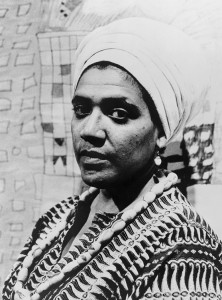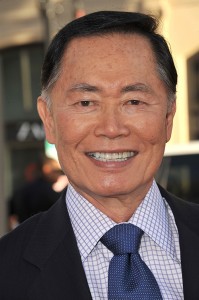Spotlight: Taylor Swift
Monday, July 10th, 2023What an era! From March 2023 to August 2024, American singer and songwriter Taylor Swift is touring Asia, Australia, Central America, Europe, North America, and South America. The Eras Tour is a tribute to all of her albums, especially the four albums she released without touring since the beginning of the COVID-19 pandemic disrupted public events. The concerts are over three hours long with a total of 44 tracks, complete with outfit changes and skilled choreography. Swift became one of country music’s youngest and most popular performers in the first decade of the 2000’s. She has won a number of Grammy Awards and other awards for her music. Her music also has set many sales records and reached people around the world.
When Swift announced the tour, entertainment broker Ticketmaster offered a presale program. Over 3.5 million people registered with the program, but the website crashed when tickets were officially released. Over 2.4 million tickets were sold on the opening day of the tour, breaking the record for the most concert tickets sold by an artist in a single day.
Taylor Alison Swift was born on Dec. 13, 1989, in Wyomissing, Pennsylvania, near Reading. She learned to play guitar as a child. She began singing at local fairs and festivals at age 10. Before she was a teenager, Swift traveled regularly with her parents to Nashville, Tennessee, to perform and write songs with local songwriters. Nashville is the center of the country music industry. Swift gained attention at age 12 when she sang the United States national anthem at the US Open tennis tournament in New York City. When she was 14, she moved with her family to a suburb of Nashville.
Swift’s first single, “Tim McGraw,” from her first album, Taylor Swift (2006), became a hit. The album also included “Our Song,” Swift’s first number-one country hit on Billboard magazine’s “Hot Country Songs” chart.
Swift’s second album, Fearless (2008), became the best-selling album of 2009 in the United States. It produced several hits, including the number-one country singles “You Belong with Me” and “Love Story.” Swift won four Country Music Association awards for the album, including entertainer of the year. She became the youngest performer to win that award. Swift’s third album, Speak Now, released in 2010, also became a huge hit. The album produced many hit singles, including ”Innocent.”
Several of Swift’s songs have topped Billboard’s ranking for number of digital song sales in a single week. These have included “We Are Never Ever Getting Back Together” (2012) and “Look What You Made Me Do” (2017). Swift’s fifth album, 1989 (2014), was more pop-oriented. It featured the hits “Shake It Off” and “Blank Space.” With the release of 1989, Swift became the first artist to have three albums sell a million or more copies in a week. Her other albums include Red (2012), Reputation (2017), Lover (2019), Folklore and Evermore (both 2020), and Midnights (2022).
In 2021, following a dispute regarding ownership of the master recordings of her first six studio albums, Swift announced she would re-record the albums in a bid to regain ownership. That year, she released Fearless (Taylor’s Version), a recasting of her 2008 album, Fearless; and Red (Taylor’s Version), a recasting of her 2012 album, Red. The 2021 albums also included previously unreleased songs.
Swift made her motion-picture acting debut in the romantic comedy Valentine’s Day (2010). She provided the voice of a little girl named Audrey in the animated feature Dr. Seuss’ The Lorax (2012). In addition, Swift starred in the motion-picture musical Cats (2019). A documentary motion picture, Miss Americana (2020), follows Swift over the course of several years of her career.













